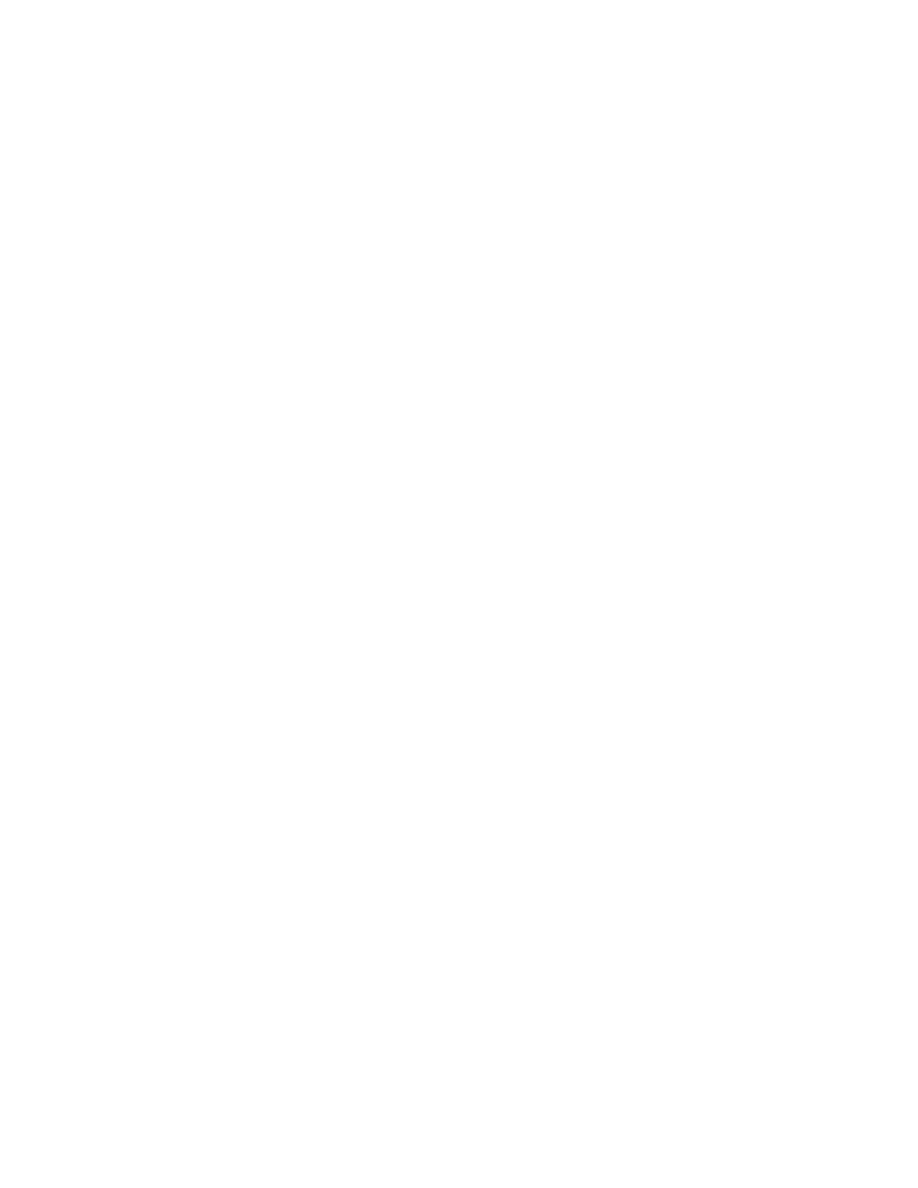 |
|||
|
|
|||
|
Page Title:
TOPIC 6. CRANKSHAFT AND CRANKSHAFT COMPONENTS |
|
||
| ||||||||||
|
|
 TM 10-3930-644-14&P
TOPIC 6. CRANKSHAFT AND CRANKSHAFT COMPONENTS
A. DESCRIPTION
14. Disconnect tube and hose from hydraulic pump
and reservoir. Remove capscrews and remove
The crankshaft translates the reciprocating motion of the
hydraulic pump. Remove pump drive gear and
connecting rods and pistons into a rotary motion. The
sleeve.
crankshaft is forged of a special heat treated steel and
15. Disconnect wires from water temperature
rifle drilled for pressure lubrication of the connecting rods
sender, oil pressure sender and neutral start
and main bearings. End thrust is controlled by flanges
switch.
on the center main bearing. The crankshaft timing gear
is meshed with the camshaft gear, and the camshaft
16. Ensure that all external connections to engine
gear, in turn, is meshed with the fan drive gear. The
have been disconnected.
crankshaft is sealed on each end by filler blocks with oil
17. Attach hoisting chain to engine, remove three
seals. The filler blocks are secured to front and rear of
motor
mount
capscrews,
disengage
the cylinder block. The main bearings are thin wall
transmission linkage, oil lines, and drive shaft at
shells held in place by precision machined bearing seats
universal joint.
and caps.
18. Remove engine and transmission assembly.
B. REMOVAL
19. Remove securing
bolts
and
transmission
assembly.
The following teardown procedure is recommended for
proper crankshaft removal.
20. Remove flywheel by first removing the six bolts
that attach the flywheel to the crankshaft. These
bolts are special and should not be mixed with
1. Drain radiator, cylinder block, and oil pan.
any others.
2. Remove upper and lower radiator hoses and
21. Carefully rotate the entire engine, so that the oil
clamps. Remove transmission cooling lines if
pan faces up.
(If cylinder head has been
applicable.
removed, take care not to damage any extended
3. Disconnect water by-pass tube.
valves.)
4. Remove fan blade and water pump.
22. Remove oil pan capscrews and oil pan (Figure 6-1).
5. Disconnect and label attaching wires to
23. Remove front and rear filler blocks. Refer to
alternator, and remove mounting capscrews;
TOPIC 14. FILLER BLOCKS AND OIL GUARD.
remove alternator.
24. Remove fan drive pulley, drive adapter and shaft
6. Remove distributor, cable support bracket, and
and gear from gear cover.
spark plug wiring.
25. Remove governor and timing gear cover. Refer
7. Remove spark plugs, and cap or tape exposed
to TOPIC 18 or TOPIC 19.
spark plug ports.
26. Remove capscrew and remove pump coupling
8. Disconnect and label attaching wires to starter
(Figure 6-3). Pull crank gear from crankshaft
motor. Remove capscrews and carefully pull
(Figure 6-3). The crankshaft gear, which is a
starter free of housing.
press fit on the shaft, requires a puller. Remove
key.
9. Remove starter motor.
27. Drop the Mil pump, by removing nut holding
10. Disconnect from carburetor the governor rod
pump to center main bearing cap.
assembly, linkage, fuel line, and air intake hose.
28. Remove connecting rod cap nuts and bearing caps.
11. Remove capscrews securing intake/ exhaust
manifold, and remove manifold with attached
29. Remove main bearing cap bolts and bearing caps.
carburetor as a complete assembly.
30. Carefully lift the crankshaft (Figure 6-2) from the
12. Remove linkage to governor assembly.
bearing mountings. Avoid nicking or bumping
the bearing surfaces while handling
13. Remove oil filter lines at engine.
R-104-1
3-15
|
|
Privacy Statement - Press Release - Copyright Information. - Contact Us |